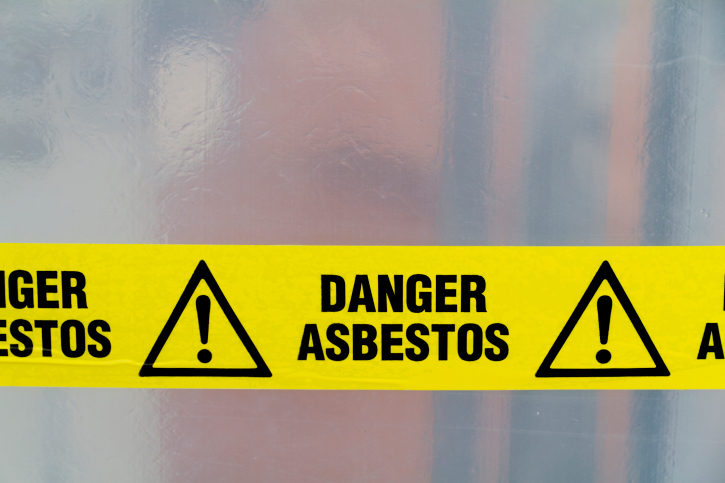This post is also available in:
 English
English
 It may be surprising to learn that asbestos is not completely banned. It was widely used in construction and mechanics for much of the 20th century; the first restrictions were put in place only in the 1970s. In fact, asbestos is still permitted in manufacturing as long as it composes less than 1 percent of the product.
It may be surprising to learn that asbestos is not completely banned. It was widely used in construction and mechanics for much of the 20th century; the first restrictions were put in place only in the 1970s. In fact, asbestos is still permitted in manufacturing as long as it composes less than 1 percent of the product.
Removing asbestos—abatement—is not required until there is evidence that it has or could become airborne.
The danger posed by asbestos exposure is not even a question, yet officials in both the Canadian and U.S. governments turned a collective blind eye to the potential harm they were content to bring to untold thousands of Americans, states Joe Belluck, a New York mesothelioma lawyer.
Left alone, it is generally not a threat; it is only when materials that contain it begin to decay or are otherwise disturbed it that it becomes a danger.
Even then, the consequences from breathing or swallowing airborne asbestos fibers might not surface for decades. The period between exposure and diagnosis with mesothelioma, a rare form of cancer that attacks the linings of chest and abdominal organs, can be as long as six decades. The lack of immediacy in removing asbestos is one reason why so many structures still have asbestos-containing materials in place.
Exposure to asbestos is the only known cause for mesothelioma. Many states have trust funds in place to assist people diagnosed with it.
Asbestos Removal Regulations
Any item that contains more than 1 percent of asbestos is considered regulated waste and must follow special Federal regulations for removing it to minimize the chance it will get into the air. Many states have additional requirements for asbestos abatement. Some do not permit do-it yourself (DIY) removal due to the threat it poses to public health.
Anyone considering removing asbestos on his or her own should first contact the county or state environmental office for guidance. Removing it is not a simple process. DIY removal kits highlight the dangers from working around asbestos and include:
- Hazmat suits and gloves
- Mask respirators with HEPA filters
- Protective arms sleeves
- Goggles
- Boots
- Approved receptacles for transporting asbestos to an approved disposal site
The U.S. Environmental Protection Agency (EPA) created a website that addresses the many issues surrounding asbestos. The EPA strongly urges people who want or need to remove asbestos to hire abatement firms, which are licensed to remove and dispose asbestos in accordance with federal, state, and local regulations. They can also issue certificates of abatement once removal is completed.
Types of Asbestos Waste
- Friable asbestos can be crushed by hand (not recommended!) and easily dispersed into the air. This would include insulation and roofing products that will wear or tear after several years.
- Non-friable asbestos is in products that do not break down easily, such as car brakes or gaskets, to use two common products that contain asbestos.
- Equipment used to remove asbestos, including protective clothing, are contaminated and considered waste.







I had no idea that asbestos is still used in construction materials, even if it is only in small amounts. It is interesting that you will often not see signs of poisoning for many years. This makes me think that I should have my home tested just to be safe.